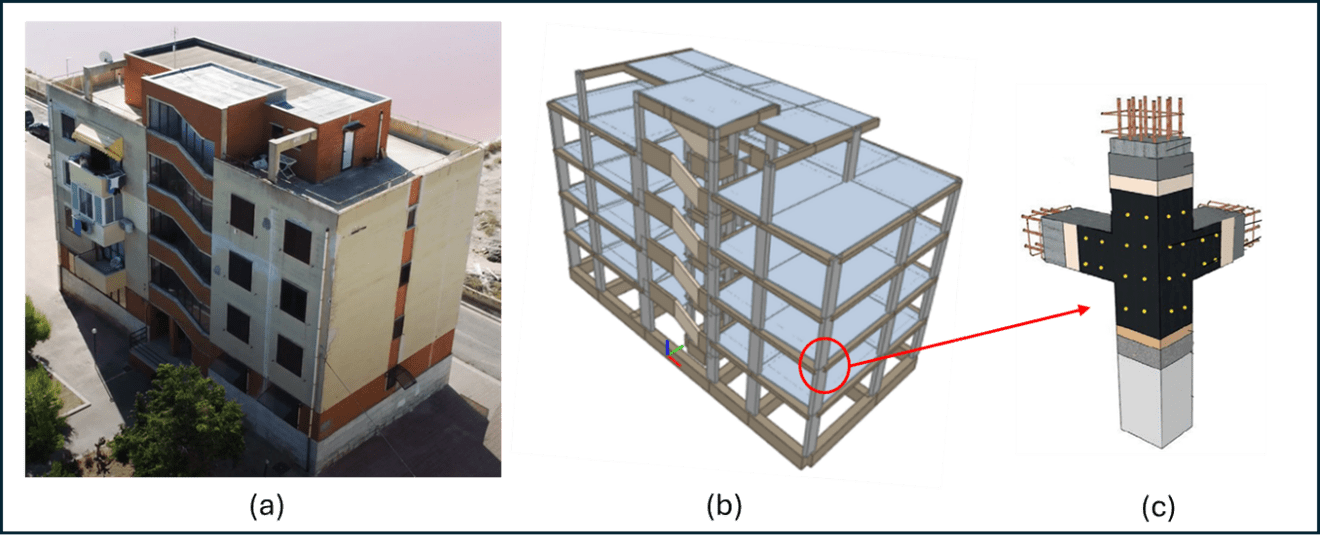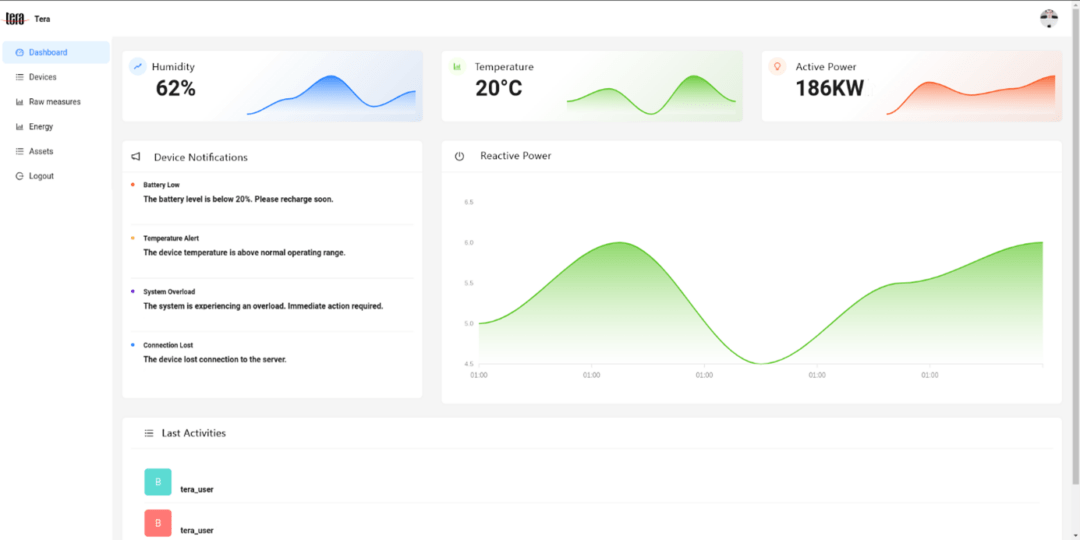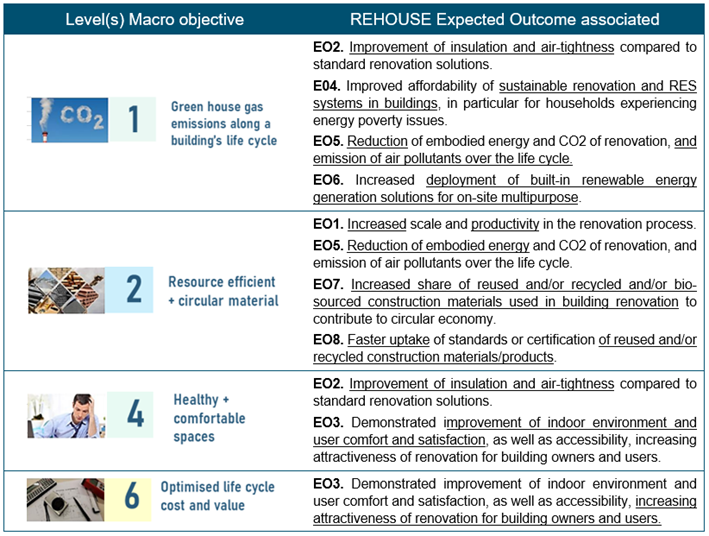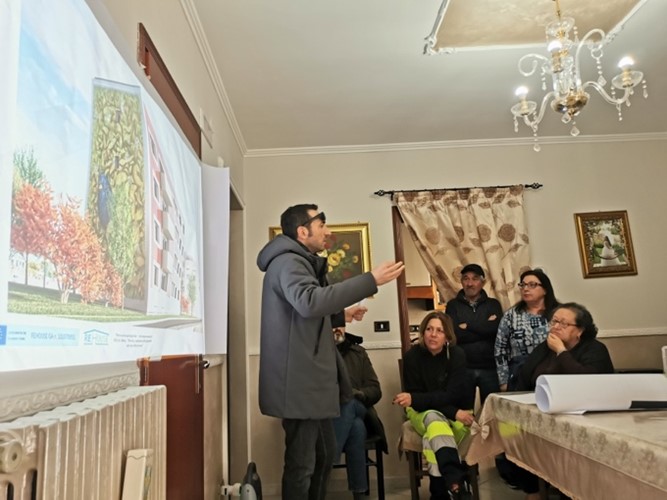The REHOUSE Project’s focus is to increase the productivity of the renovation process, the improvement of comfort and satisfaction of the building inhabitants and users, and the increased use of integrated solutions for the decentralized generation of renewable energy.
In doing this, one must not forget that older buildings in need of energy efficiency improvement, often lack seismic strength that needs to be increased through structural interventions. These latter must be carried out before the energy efficiency measures are put in place, in order to limit the related disruption.
In this context, the University of Basilicata (UNIBAS) has developed and applied a low-impact assessment and structural intervention procedure to support deep renovation efforts while minimizing the social and economic impact on residents. This methodology was tested on the case study building in Margherita di Savoia (Italy, Figure 1a), a region with high social vulnerability, and consists of the following steps:
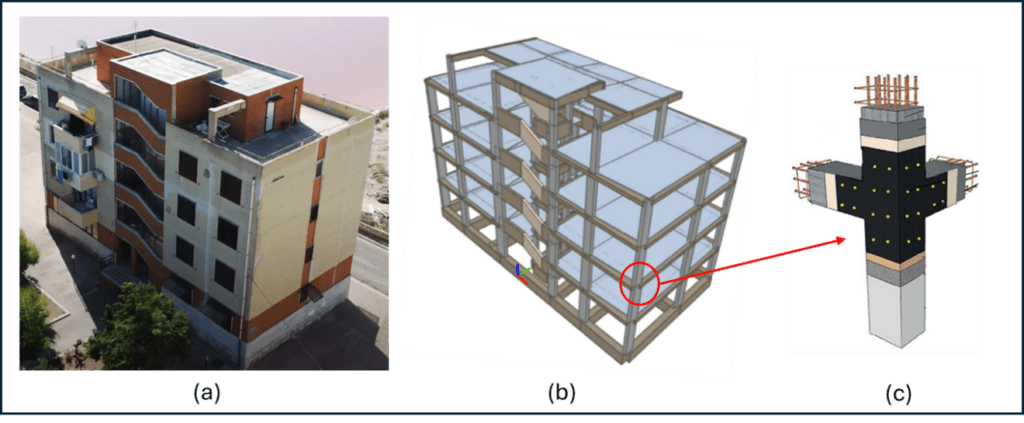
- Structural assessment: Detailed in situ tests and investigations to gather the necessary level of knowledge and build a detailed FEM model (Figure 1b) used to evaluate the safety of reinforced concrete elements and their vulnerabilities with respect to seismic and static loads.
- Structural intervention design: a structural intervention is designed to upgrade the seismic performance of the building and increase the resilience in case of a seismic event.
The second point is carried out considering that the building will undergo the realization of a multipurpose façade to improve thermal performance and install building integrated photovoltaic panels (BIPVs). Therefore, the structural intervention consists of minimally invasive and low-volume fiber-reinforced fabrics applied to beam-column joints (Figure 1c), only from the building outside. This will allow tenants to not leave their dwellings during work. As a result, combining energy and seismic retrofitting solutions improves both structural safety and long-term sustainability.
Following this approach, future renovations at a European level will be able to exploit structural interventions to also extend the residual lifespan of existing buildings, enhancing the benefits of the whole renovations. Moreover, this experience will push UNIBAS to make further efforts in researching structural measures fully integrated with energy efficiency interventions.
Author’s name: Giuseppe Santarsiero, Associate Professor, University of Basilicata (Italy)
Links to organisation:
Website: Università degli Studi della Basilicata
LinkedIn:Università degli Studi della Basilicata

